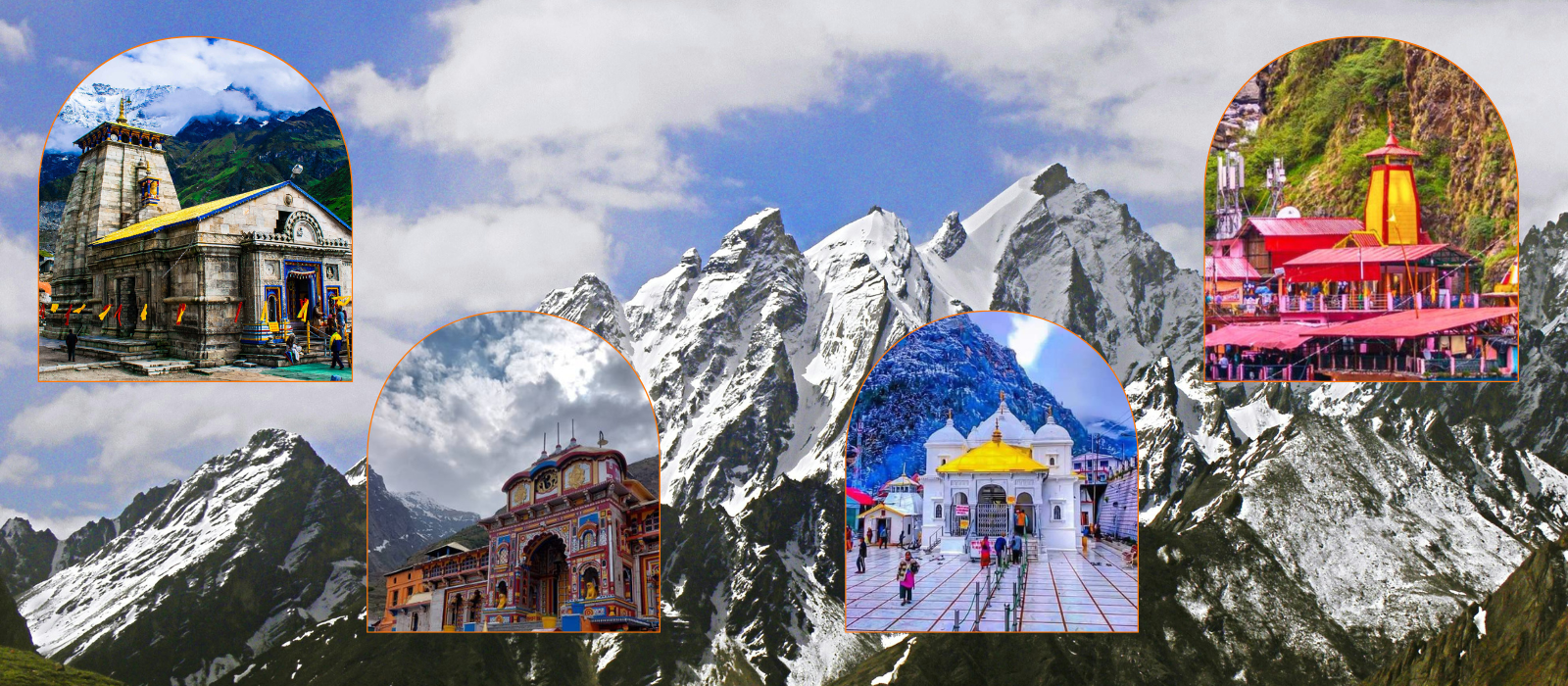
Kedarnath Temple - History, Significance & Rituals
Explore the divine aura of Kedarnath Temple, one of the most sacred shrines dedicated to Lord Shiva. Learn about its deep-rooted mythology, ancient history, and powerful daily rituals.
Kedarnath Temple is located in Rudraprayag district of Uttarakhand, at an altitude of 3,583 meters. It is a revered site among Hindus and is part of the Chota Char Dham Yatra. Surrounded by snow-capped peaks and nestled near the Mandakini River, the temple offers a divine and peaceful atmosphere. The temple is built in traditional North Indian style using massive stone slabs without any mortar. Despite being in an earthquake-prone region, it has withstood natural disasters over centuries, which further strengthens the faith of devotees. The temple is open only for six months a year due to extreme weather conditions.
The history of Kedarnath Temple is closely tied to the Mahabharata. It is believed that after the war, the Pandavas sought forgiveness from Lord Shiva for the killings during the battle. Lord Shiva, not wanting to forgive them easily, disguised himself as a bull and hid in the Garhwal region. When the Pandavas recognized him, he disappeared into the ground, leaving behind his hump at Kedarnath. The temple was later built on this sacred spot. Adi Shankaracharya is said to have renovated the temple in the 8th century. It is considered one of the 12 Jyotirlingas and holds immense spiritual value in Hinduism.
The daily rituals at Kedarnath Temple are carried out as per ancient Vedic traditions. The day begins with morning pooja known as 'Shubha Prabhat Aarti' and ends with 'Shayan Aarti' at night. Only qualified priests from the Veerashaiva community of Karnataka are permitted to perform the rituals here. During the pooja, offerings of ghee, flowers, ash (vibhuti), and water are made to the deity. Devotees can participate in various poojas like Rudrabhishek, Laghu Rudra, and special Abhishekams. Due to the sanctity of the place, mobile phones, cameras, and leather items are not allowed inside the temple premises during rituals.
